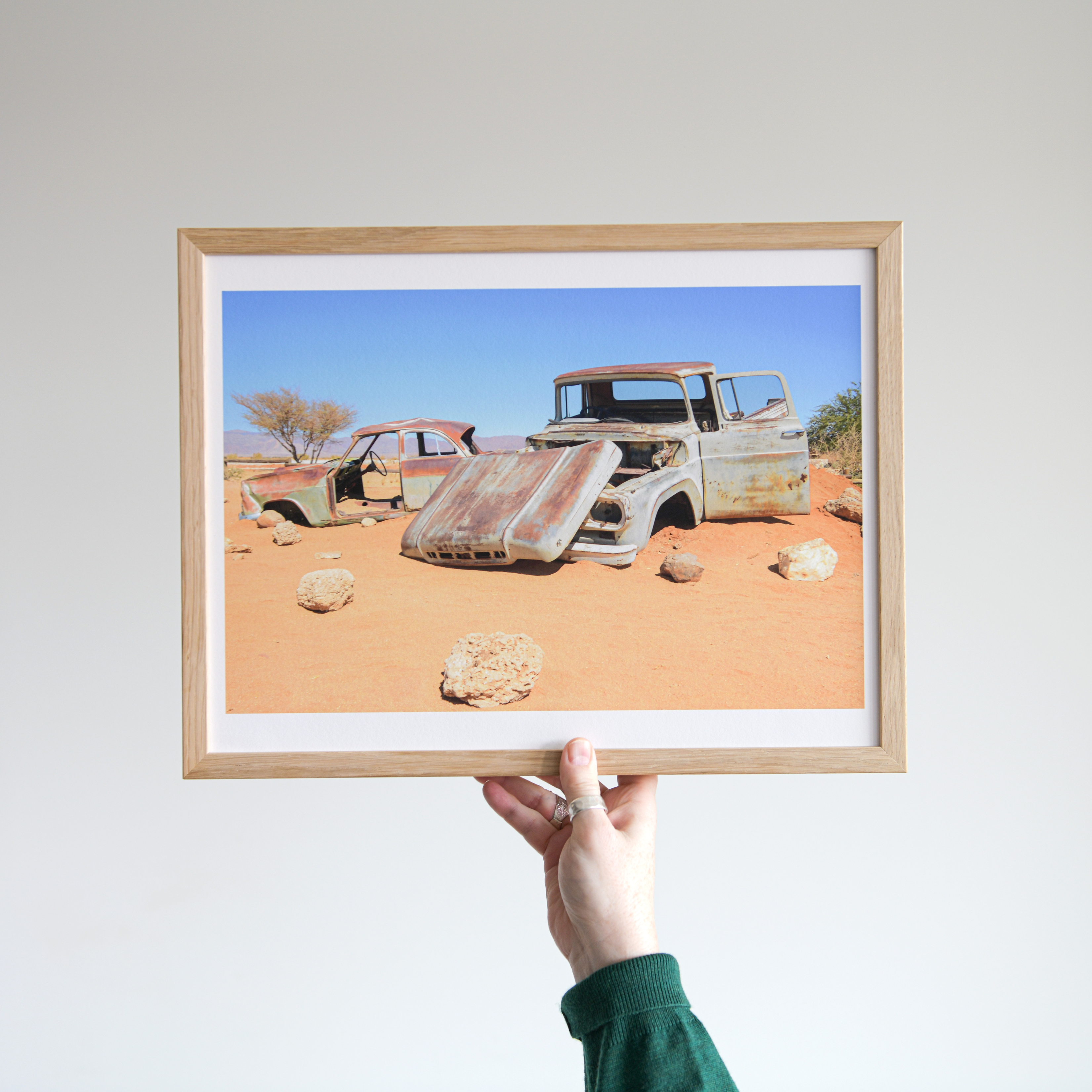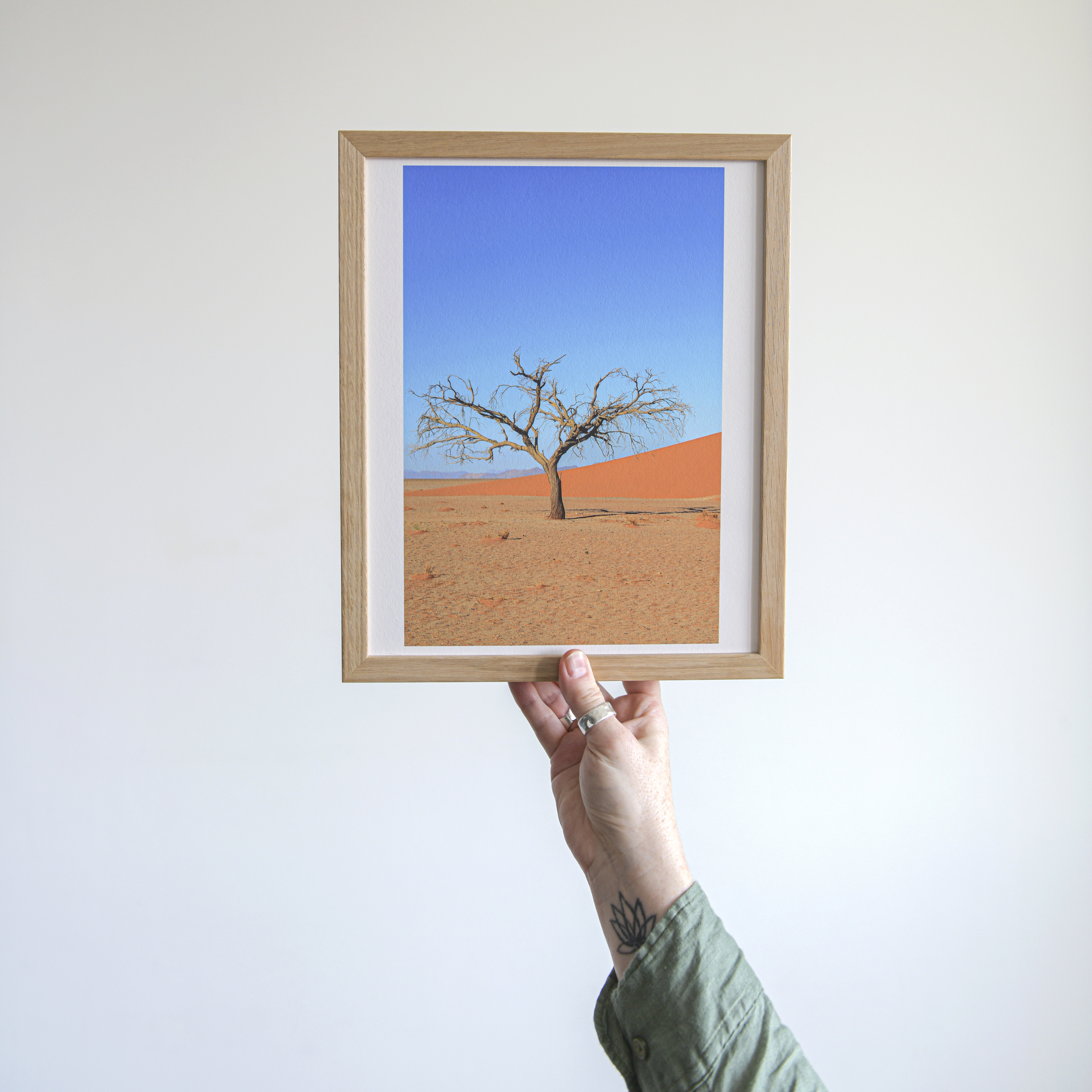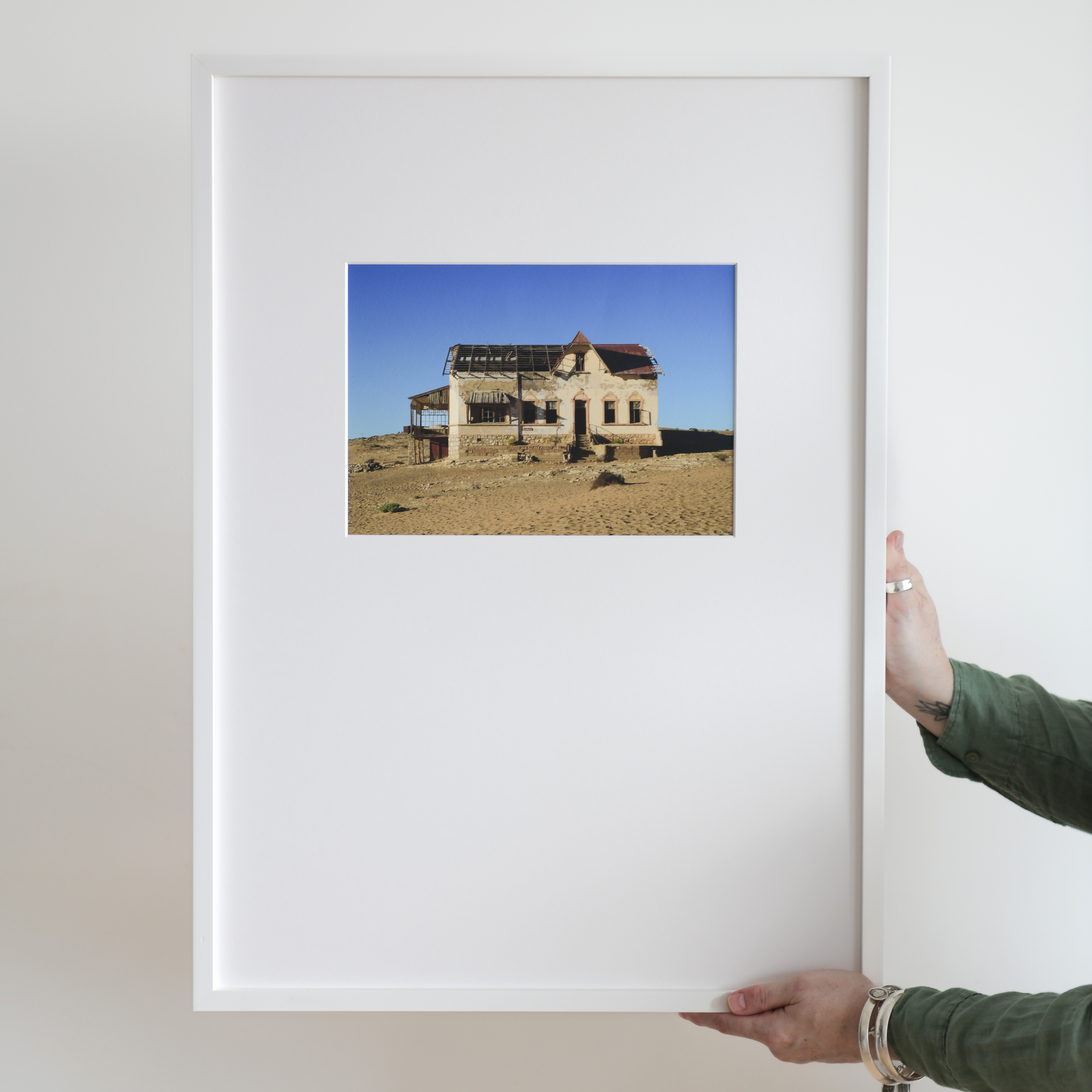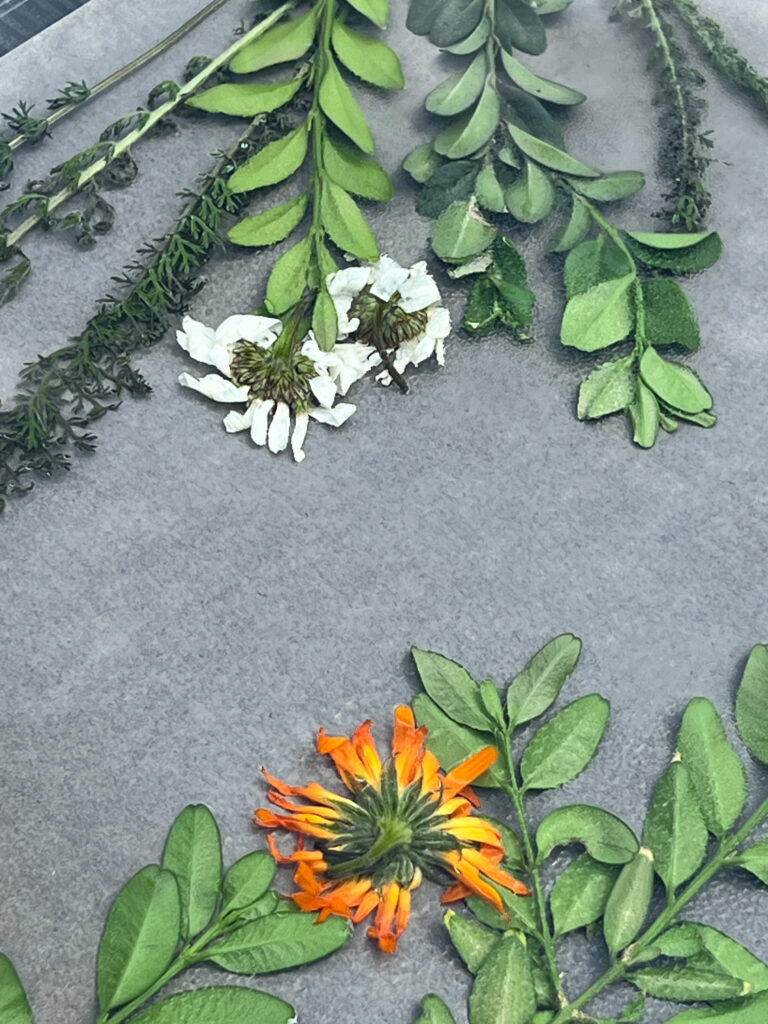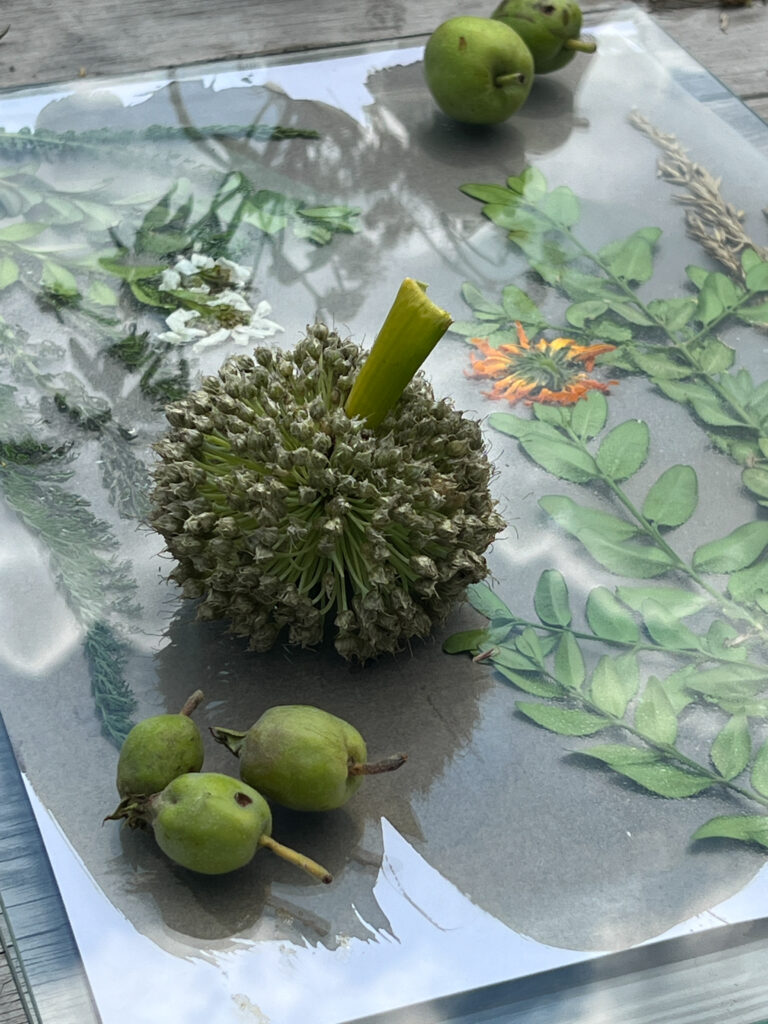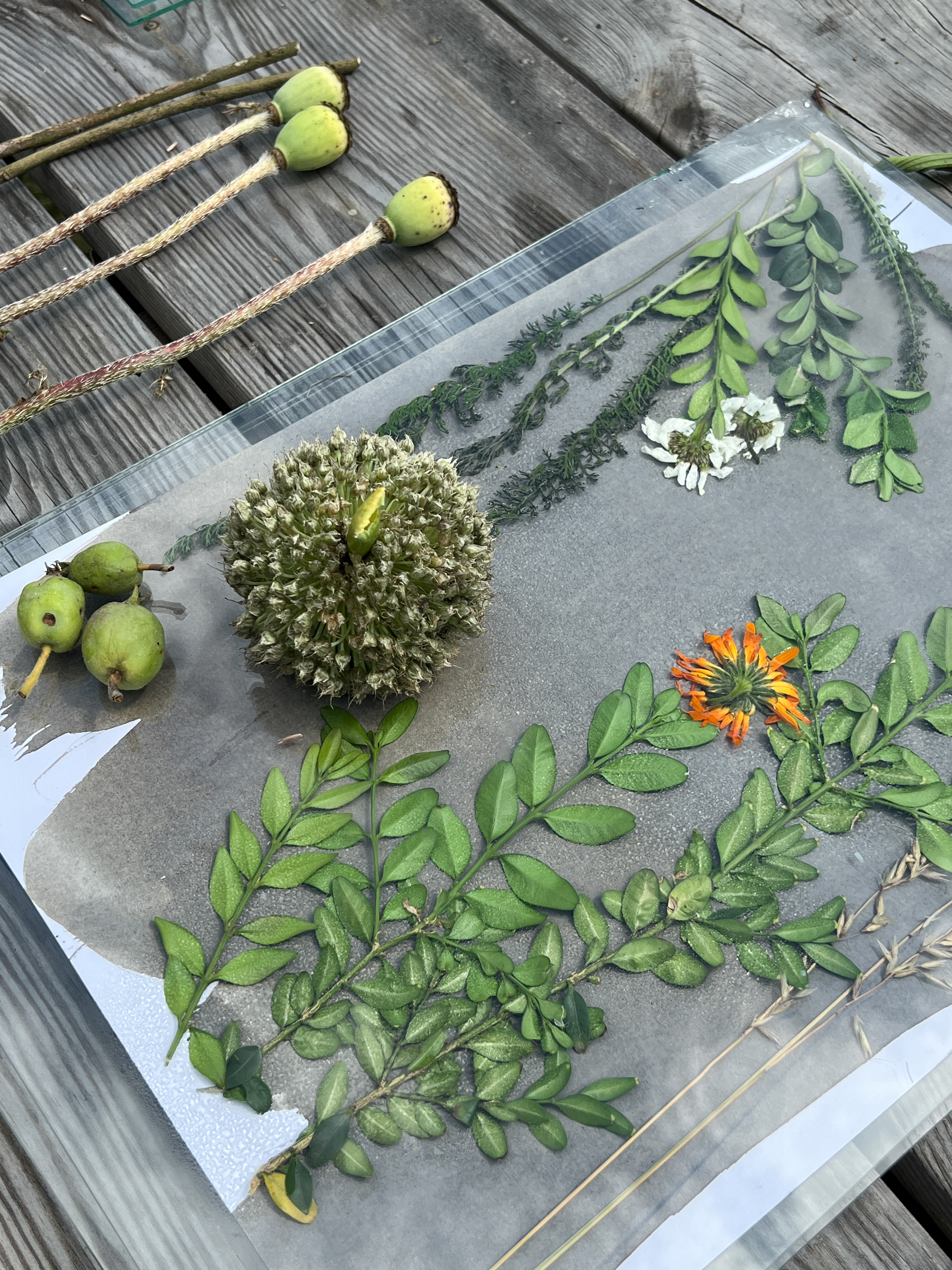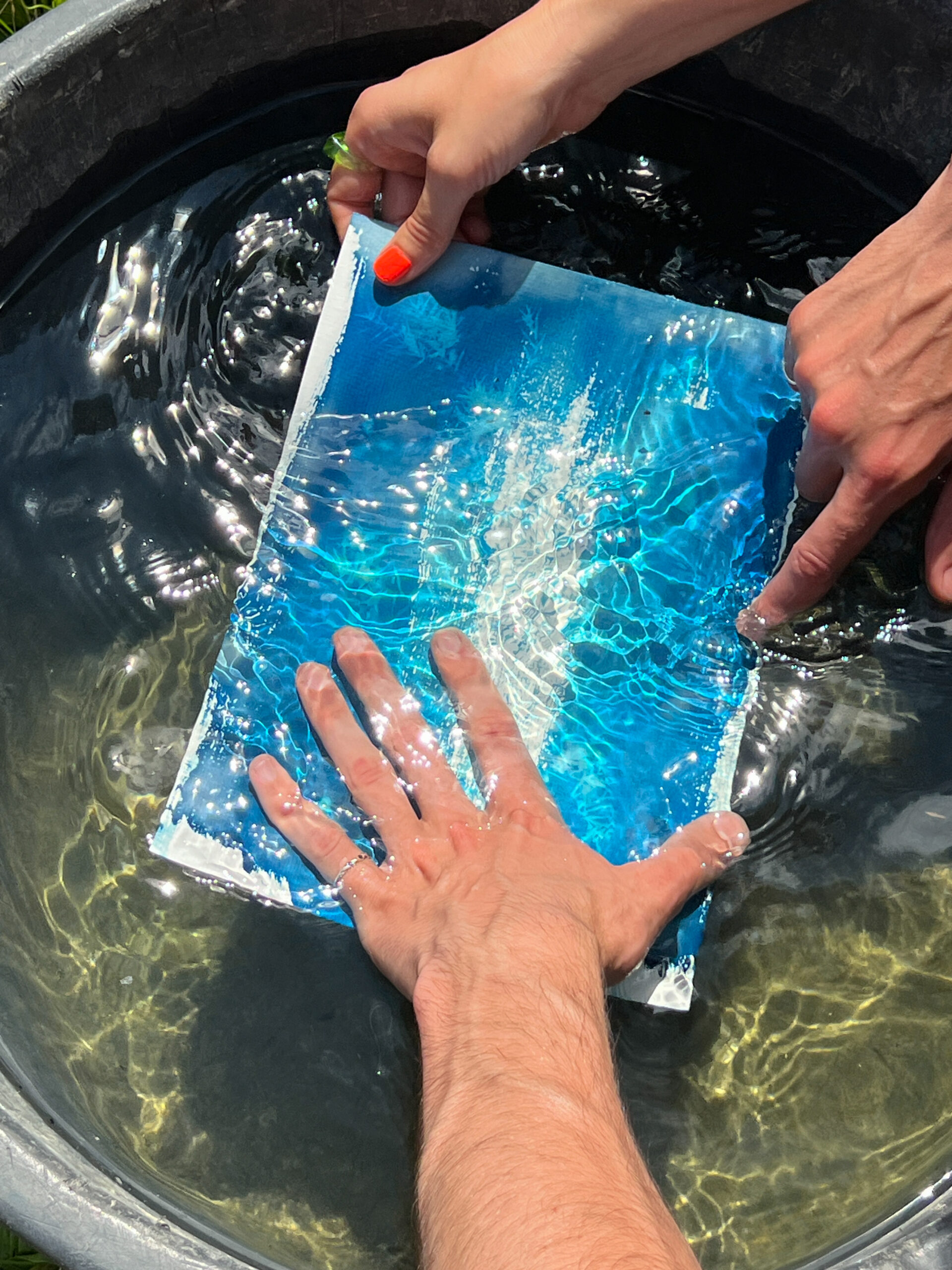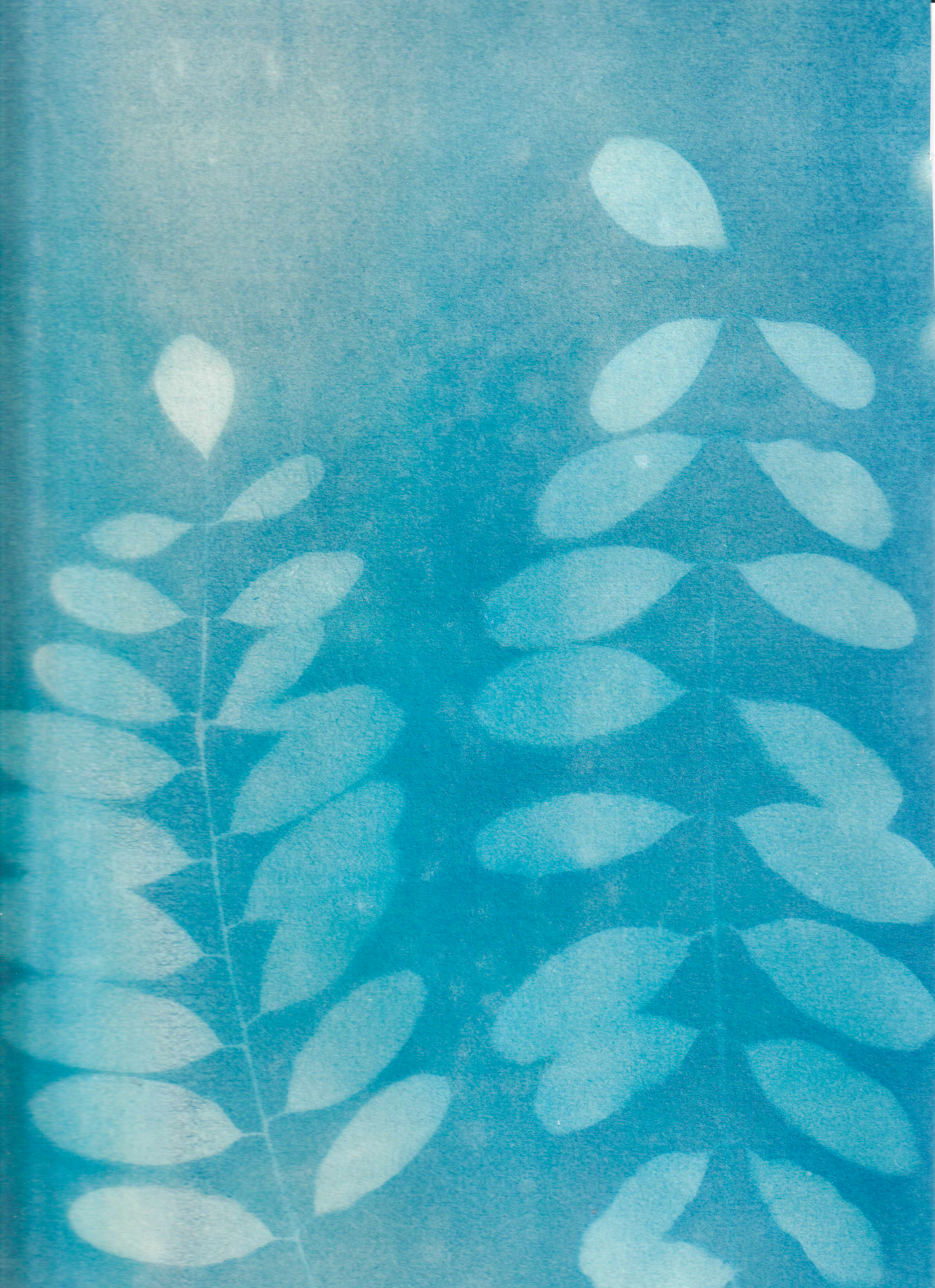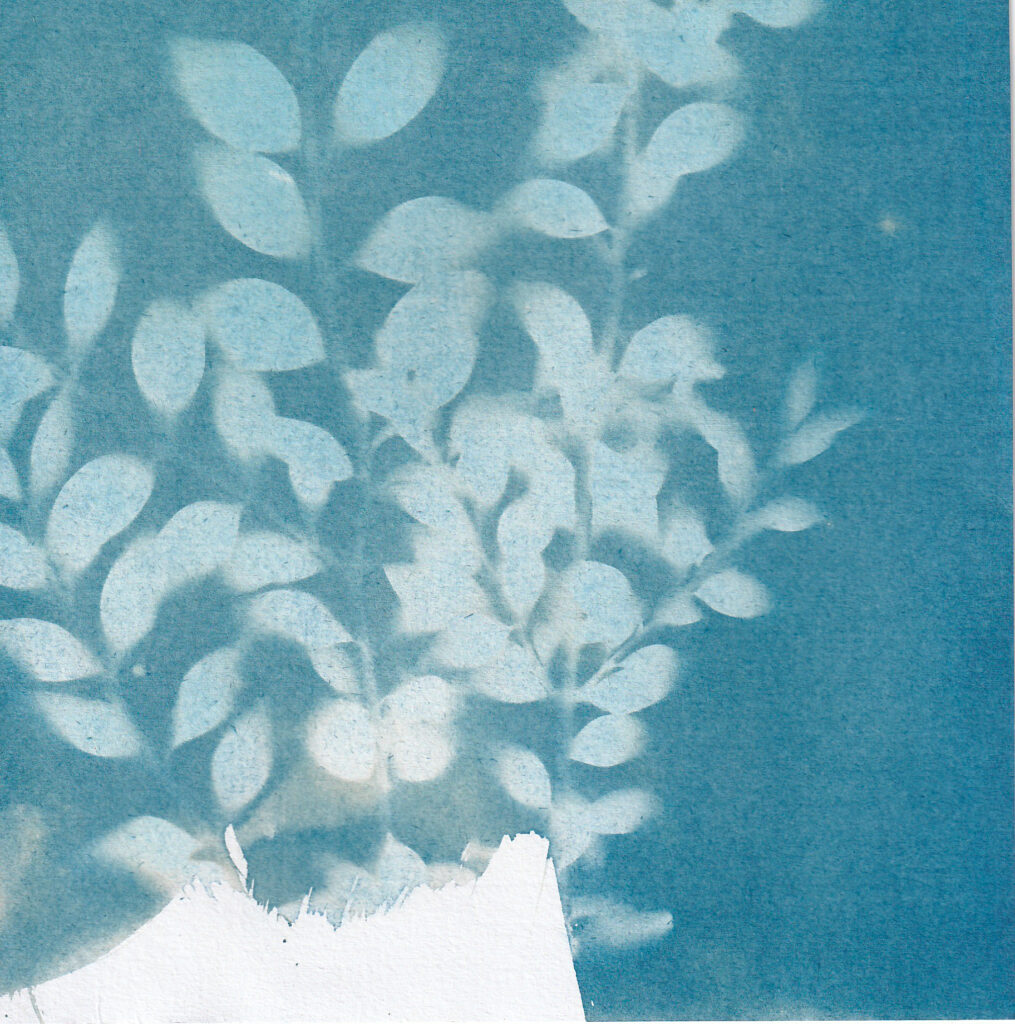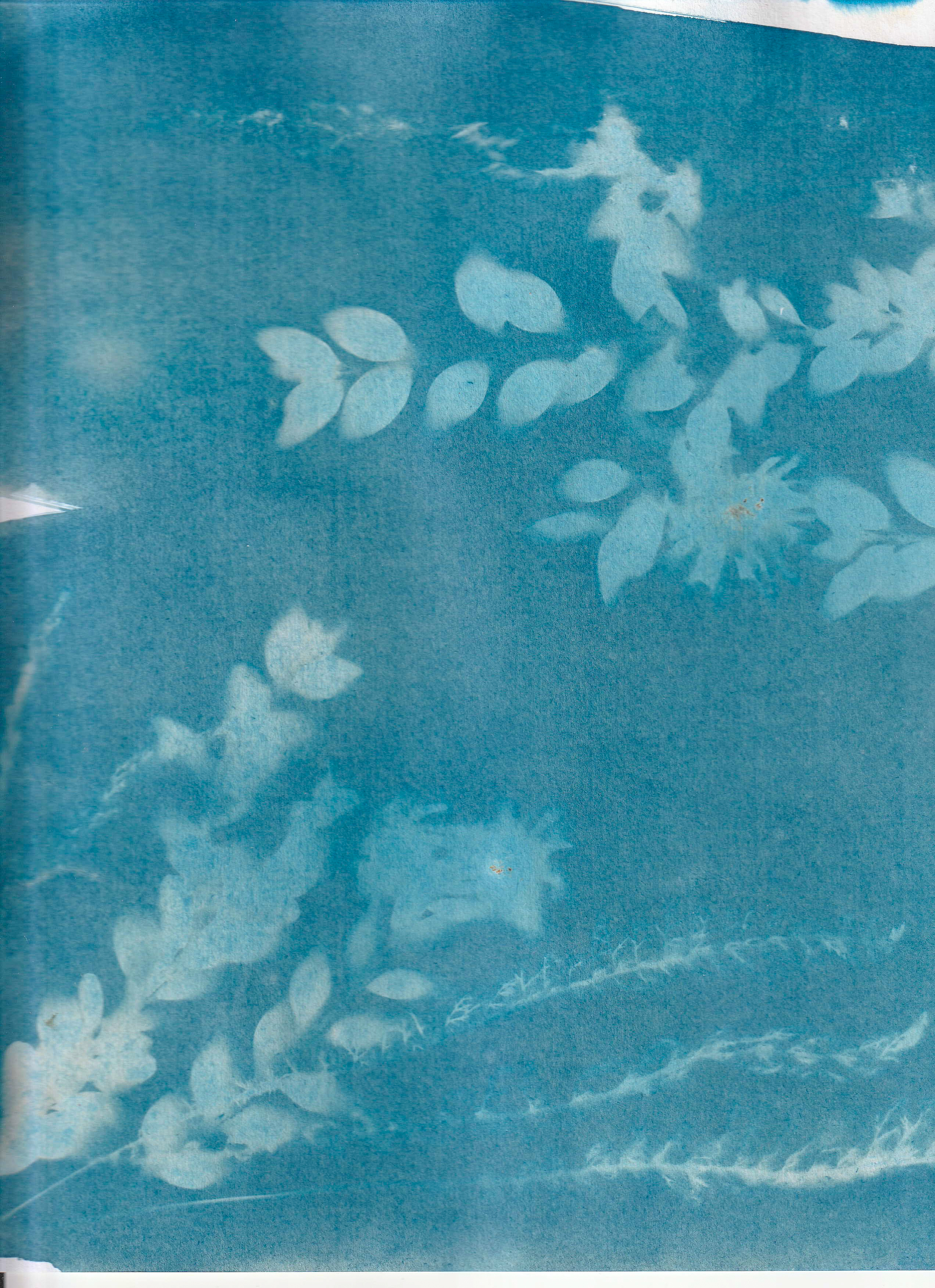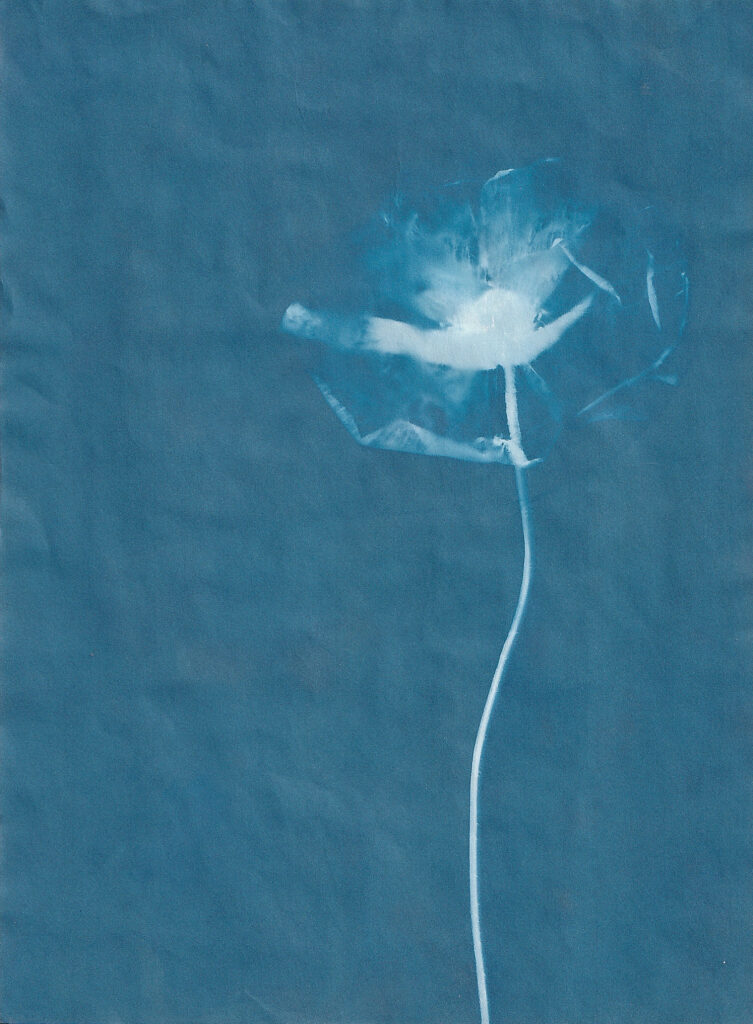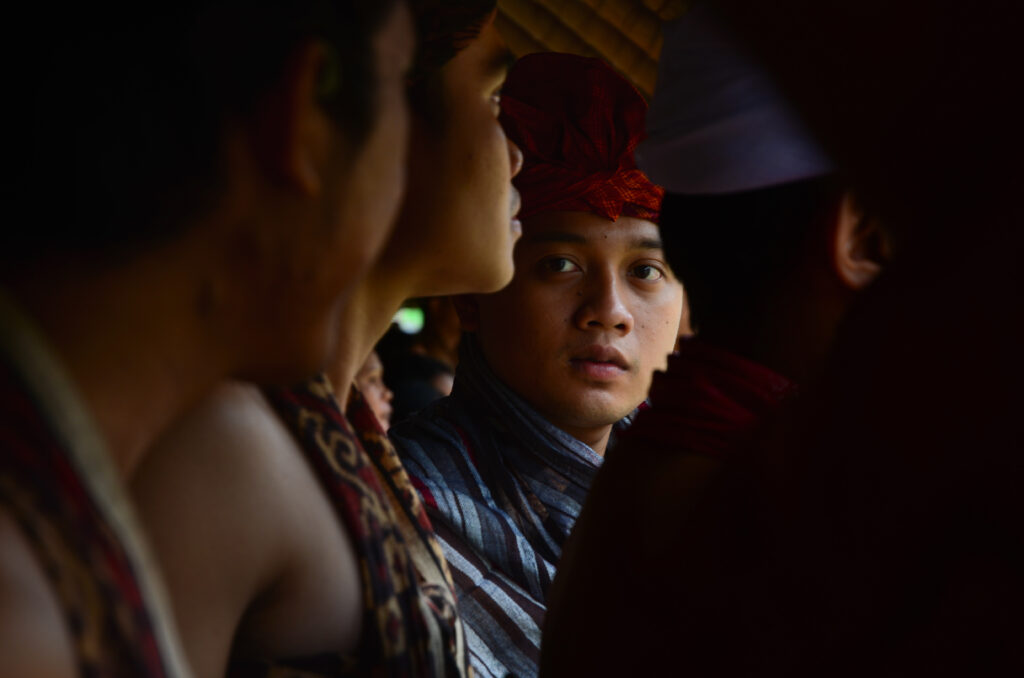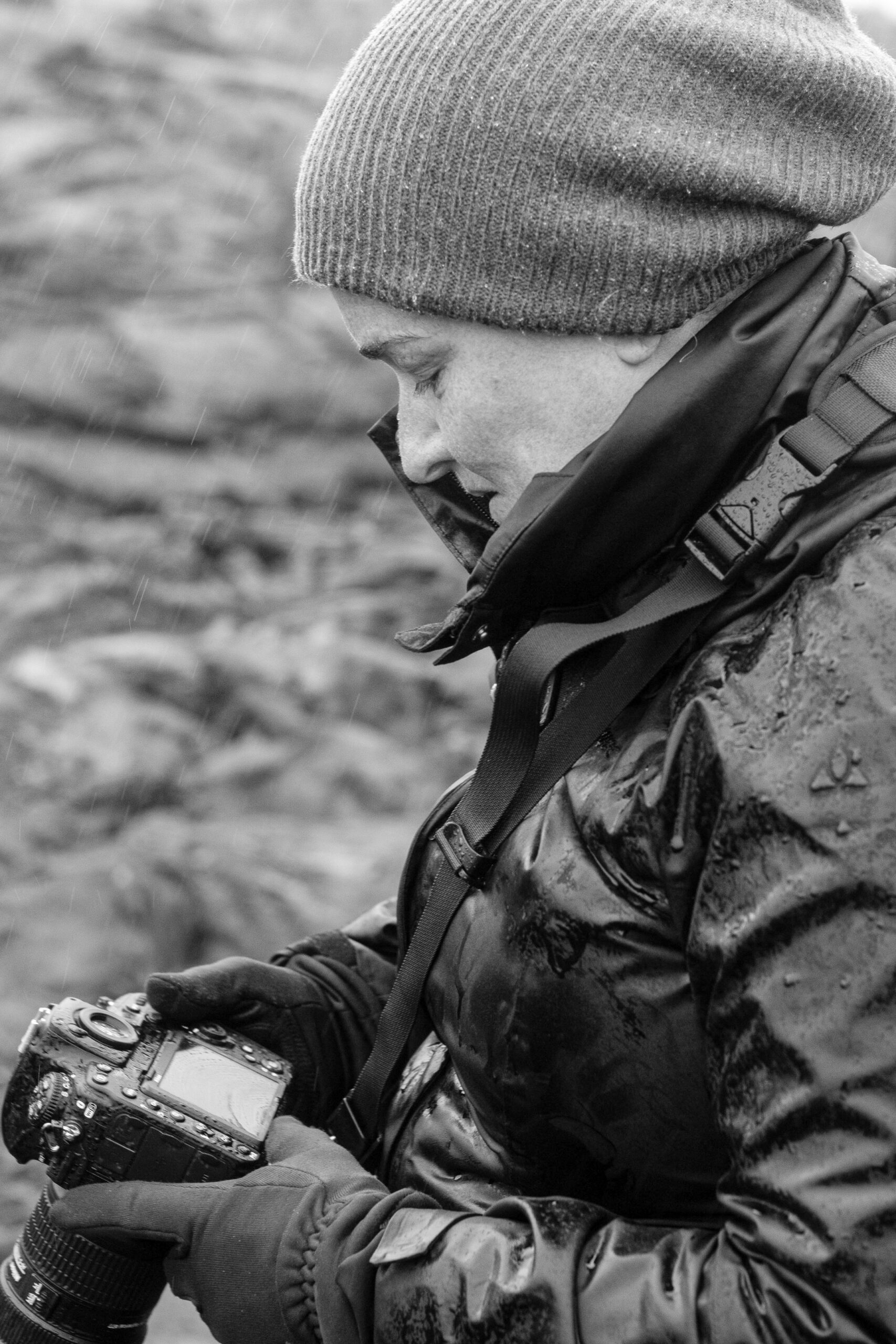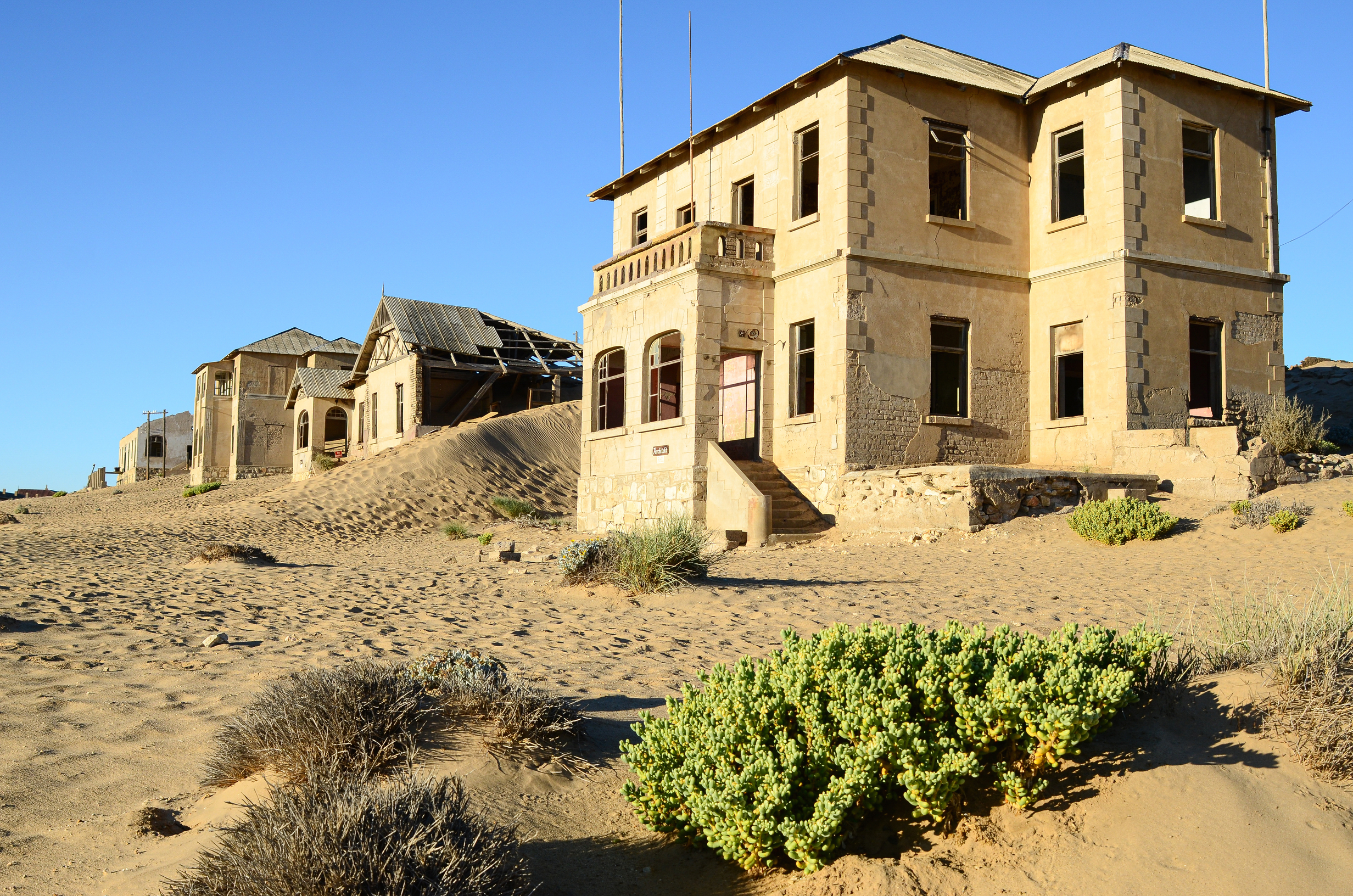
The sun hangs low in the Namibian sky, casting long shadows over the sun-burned dunes and remnants of a once-thriving German diamond mining town in the Namib, Kolmanskop. The orange-red sand ebbs and flows and reclaims the space. The ever-shifting mass of pale ochre is swallowing the memory of a bygone era.
As the sun set over the dunes, the light cast its last russet and tawny lines on the horizon. We are covered in desert dust as we walk back to the White Rhino, the Toyota Bakkie, waiting to drive back to Luderitz.
My heart was whole.
A childhood dream came full circle. I know what we experienced on an expedition exploring the desert that afternoon will be a very different space tomorrow as the rhythm of the elements re-creates and sculpts the amber-coloured landscapes.
Our photo adventure at Kolmanskop was a journey through my memories and a trip into the heart of one of Namibia’s most popular and photographed destinations.
In this photographic travelogue, I will share an experience that profoundly impacted my young mind as a child. The first photographs of Kolmanskop I ever saw sparked a fascination with this abandoned German mining town, its history and a curiosity about Africa’s colonial past.
But I am not the only one; the eerie allure of this abandoned town has fascinated photographers, explorers and dreamers for generations.
Kolmanskop, a ghost town frozen in time, we explored the rich history and allure of this unique Namibian landscape in 2019.
Childhood Inspiration: Kolmanskop
As a teen, I often lost my imagination in printed images of Kolmanskop, which my mother proudly displayed on our living room wall. Those A4 framed images etched a lasting impression.
From the first moment I saw those photos, I knew that one day, I would like to explore that otherworldly place with the doors swallowed by burned orange dunes.
My dad is Namibian, and we lived in Namibia for a couple of years. My parents are explorers and love to travel around Southern Africa, sometimes disappearing for months at a time when I was a grownup, living my adventures in Asia and Europe.
On one such trip, one of the many they had exploring the desert landscapes back in the day, my mom bought two prints of Kolmanskop.
Whenever I looked at the images, my curiosity was piqued; I remember the contrast of the colours and the sand-filled rooms of the abandoned buildings. In my imagination, I always transported myself to that place.

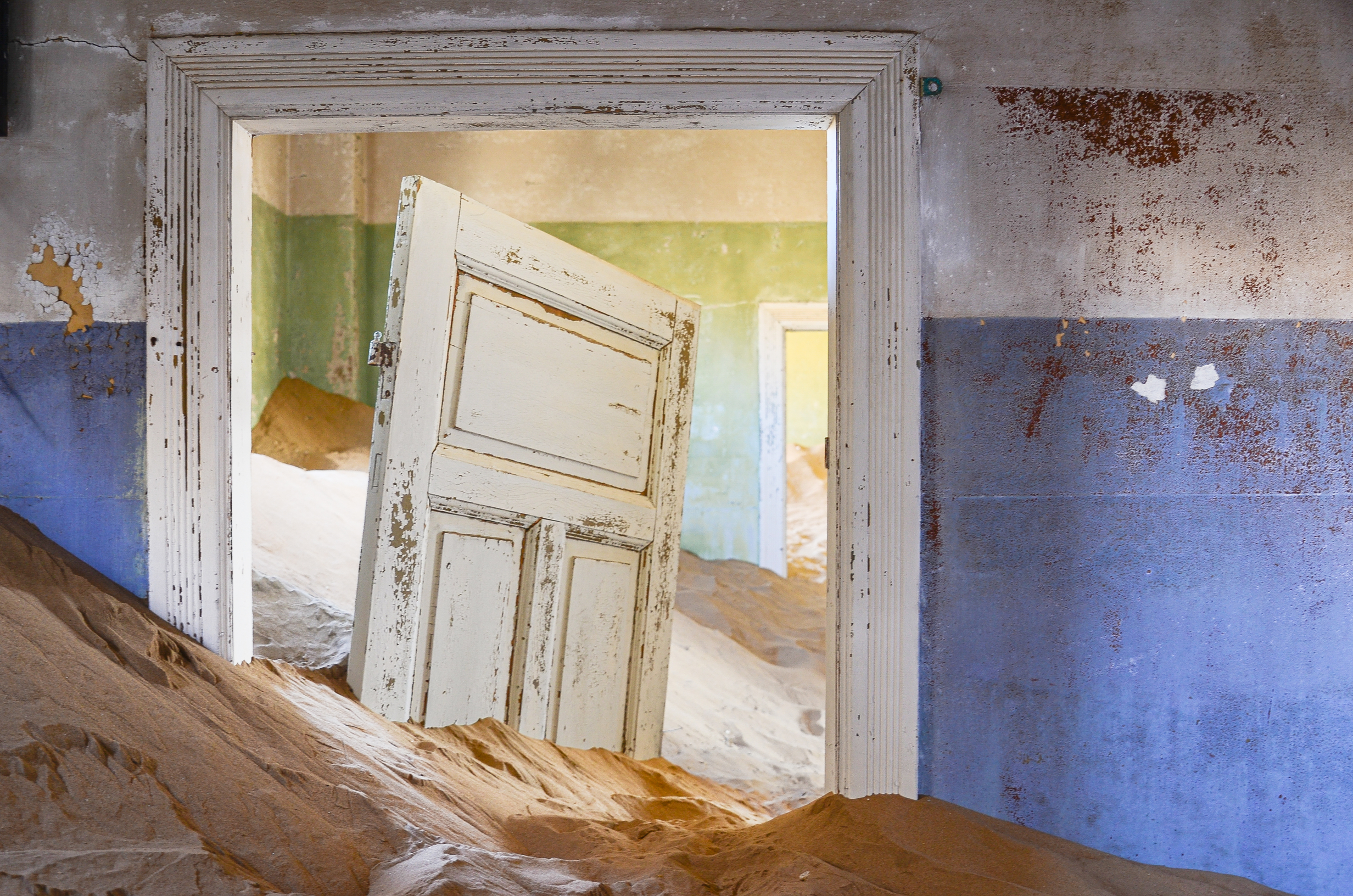
I developed a fascination with doors. In my mind, the scenes of weathered wood are silent testimonies to a forgotten history. The faded, chipped paint, with light bouncing off the wood’s edge, contrasts starkly with the ever-shifting invading dunes slowly swallowing the space.
Partially buried and slightly ajar, these doors are surreal artworks created by the forces of nature, sculpted by time and the elements. These scenes make a captivating play of light and shadow.
These were the vistas that caught my attention and sparked my curiosity. These scenes continue to inspire visual narratives, stories of impermanence and transience.

Kolmanskop’s enduring allure: These doors, battered by the elements, remain steadfast, against all odds. Photo by Lizane Louw.”
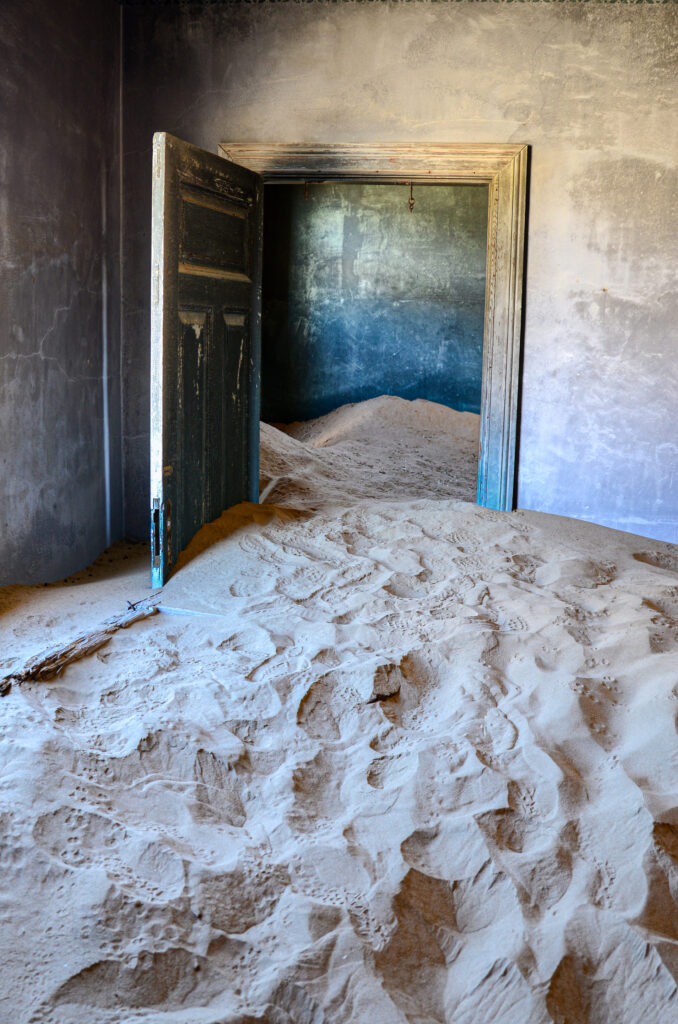
The Rise and Fall of Luxury in the Desert
Kolmanskop’s history, once tied to a glitzy promise of diamonds, now stands as a testament to time and the power of nature to reclaim. The area surrounding Kolmanskop was initially inhabited by indigenous Nama and Damara communities, who had lived in harmony with the harsh and unforgiving Namib Desert for centuries.
The late 19th century brought in the European colonial powers vying for control of the abundance of natural resources and control of Africa.
This region in Southern Africa fell under German colonial rule. During German control, diamonds were first discovered in the Namib Desert. A railway worker, Zacharias Lawala’s discovery led to the rapid development of this desert mining village in the early 1900’s.
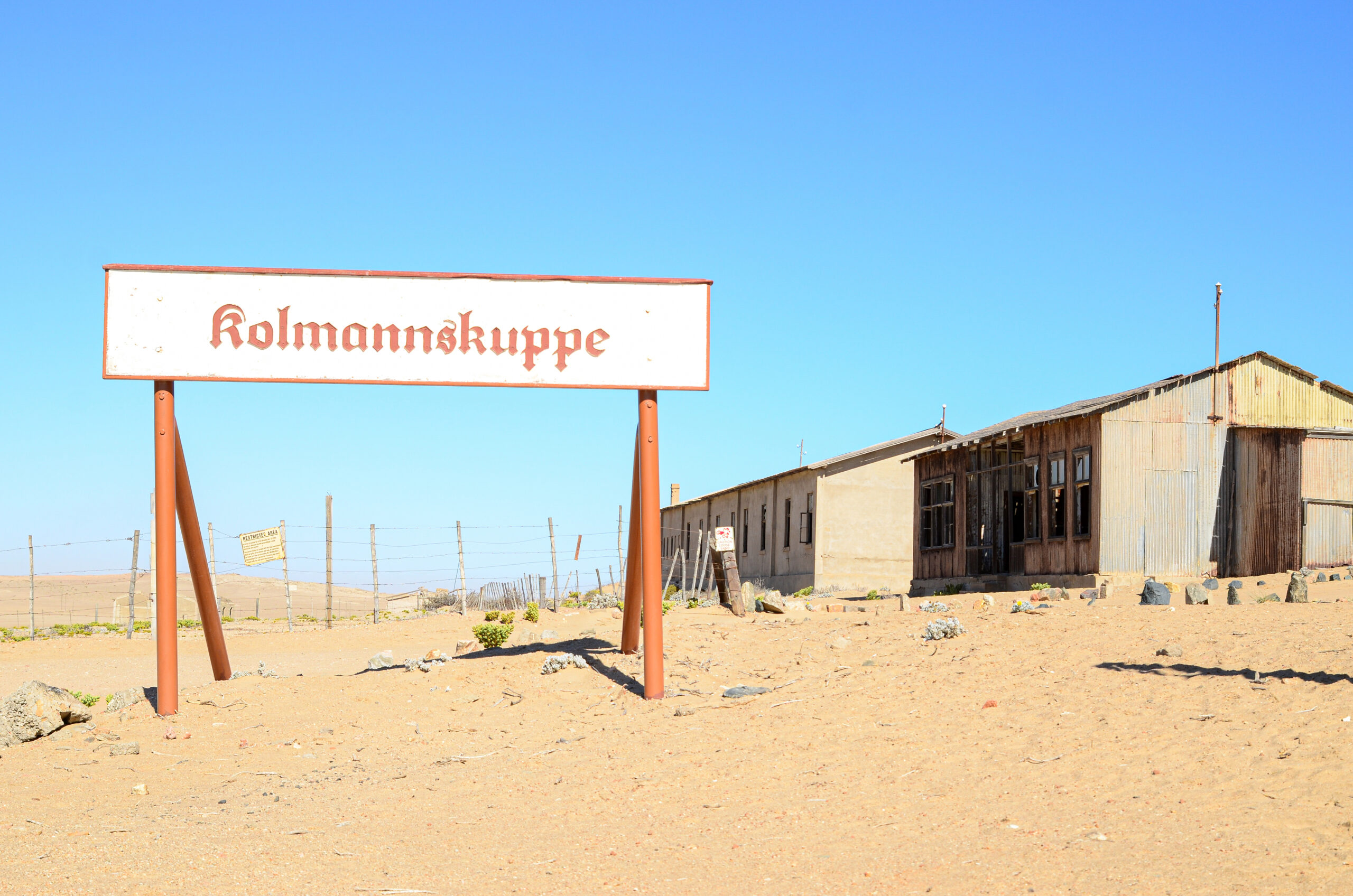
time-worn signpost beckons modern-day explorers. Photo Lizane Louw
The Germans built a thriving community in this barren desert; they brought luxury with modern comforts, like a school, a hospital, a ballroom and some amenities few locals would know and recognise at the time. At the time, the Germans also developed a tram system in Africa.
The diamond rush was short-lived; the world wars and the depletion of the diamond resources led to the village slowly running empty and declining. The town’s history was also scarred with the legacy of colonial exploitation and violence as the Germans committed a genocide against the Herero people in 1904. Locals were forced to work as labourers in these mines during the dark days of colonial oppression in Namibia.
The abandoned buildings at Kolmanskop serve as a poignant reminder of both the colonial ambitions of the European region at the time and the fleeting nature of human existence in the face of nature’s power.
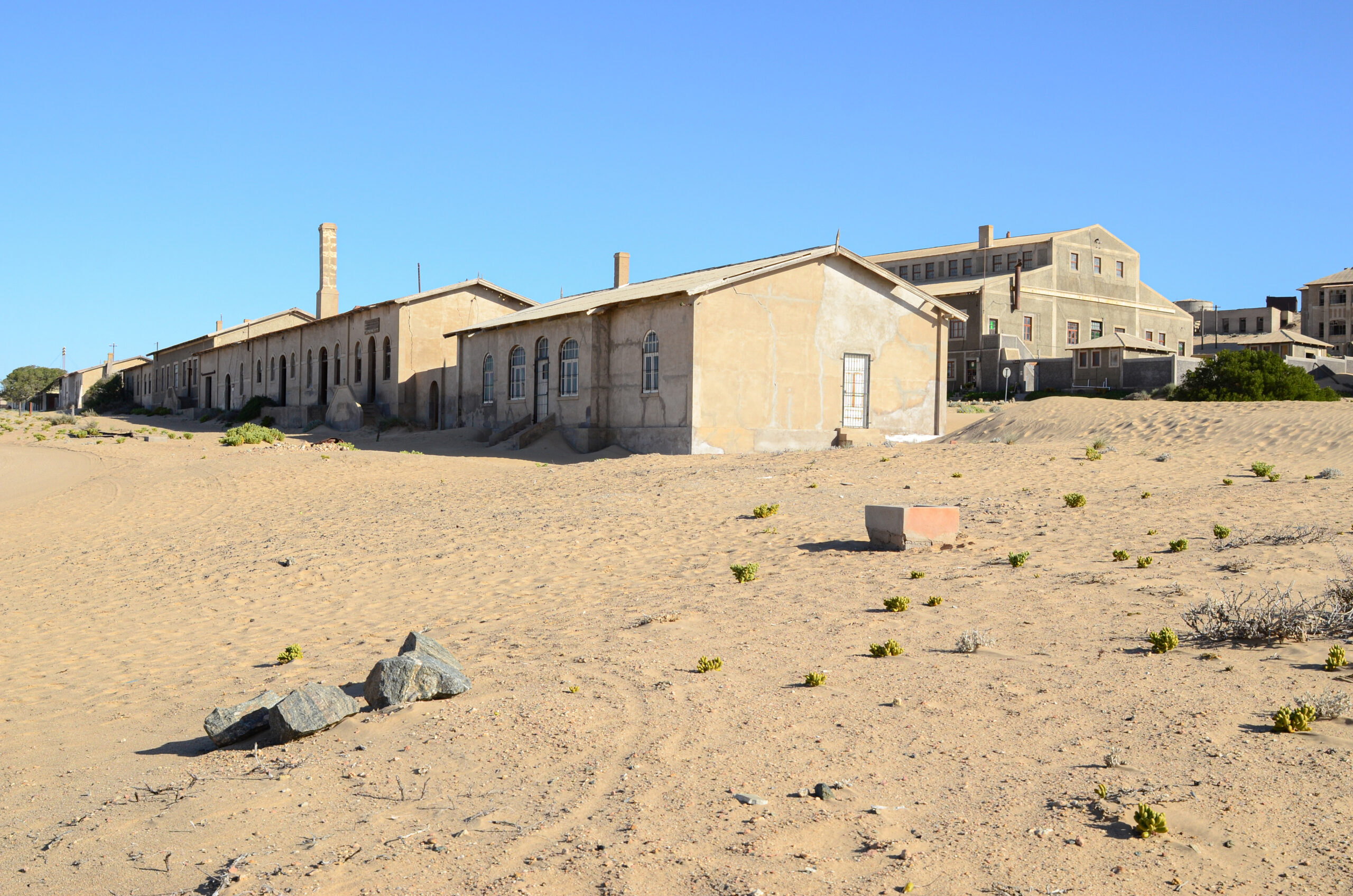
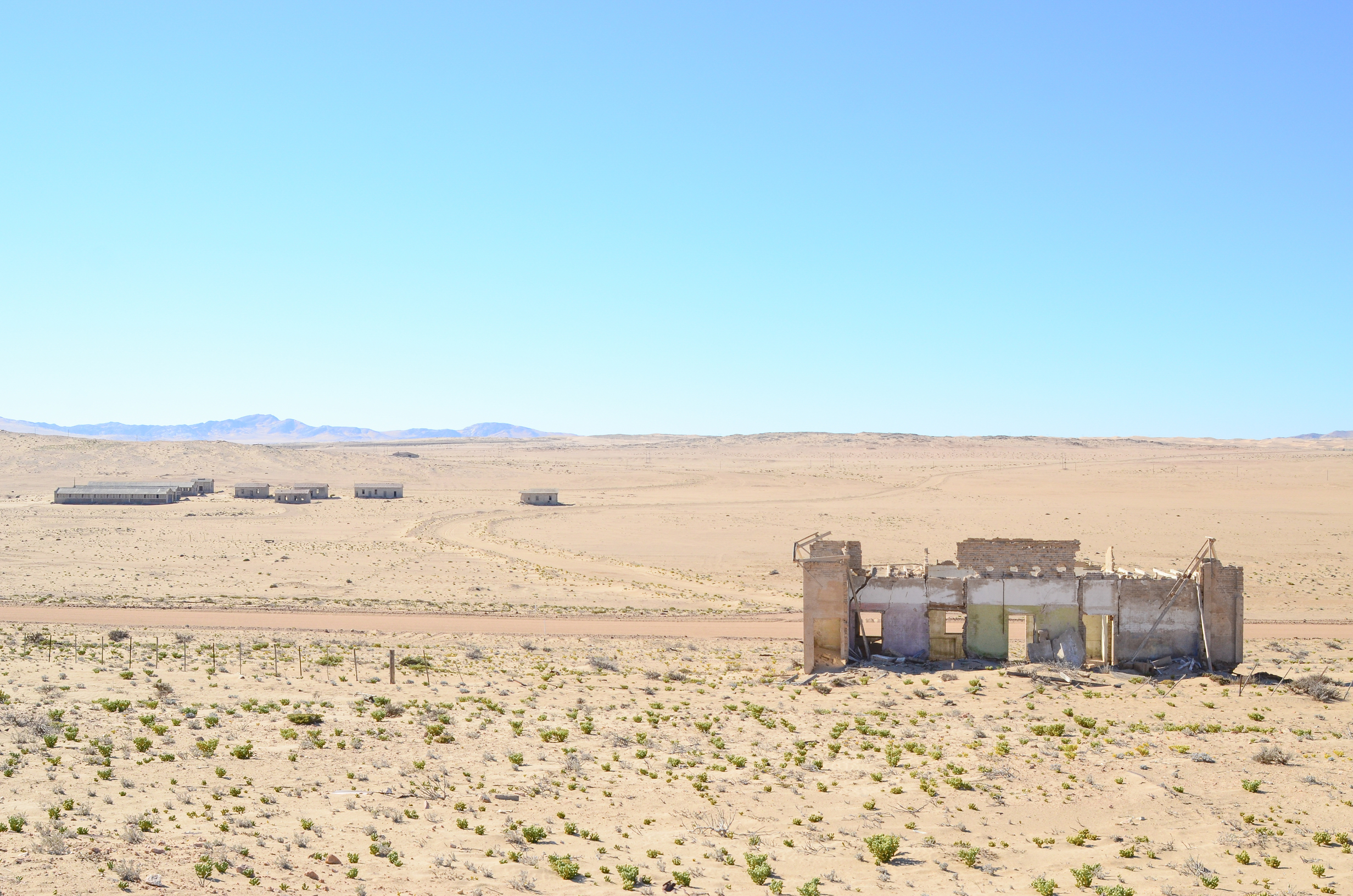
Preparing for an epic journey of discovery
After living between Southern and Eastern Asian countries for over a decade and completing a master’s degree in journalism, it was time to head home to Africa, this time with my German partner (now husband).
We jumped into a Toyota Hilux bakkie with my mom and dad and took a safari road trip and photo expedition spanning 8500 km and four Southern African countries.
We had no plan, made no bookings for accommodation, had no maps, and relied on my dad’s expertise and knowledge of Southern Africa.
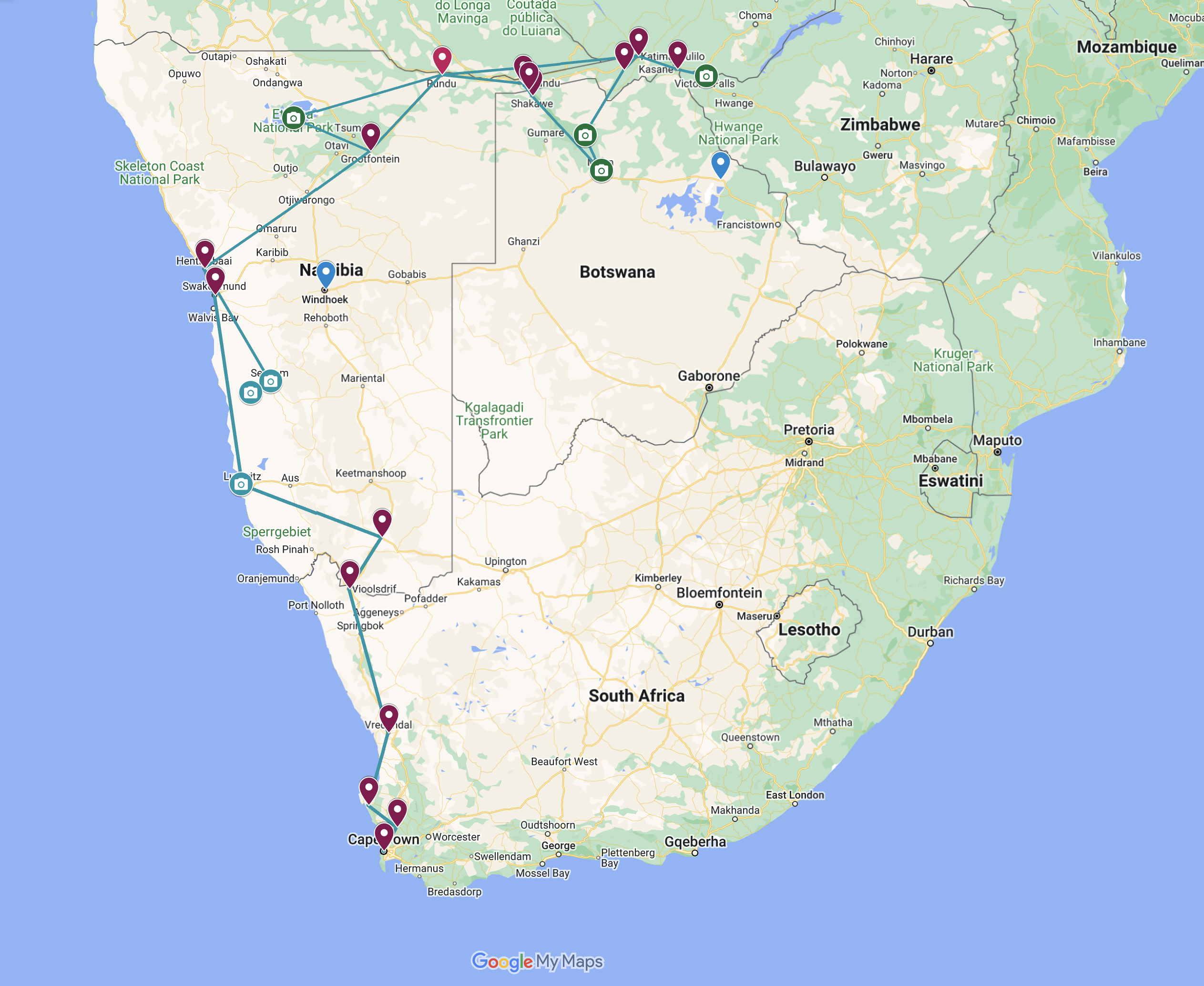
A journey of discovery: an 8500 km photo expedition and safari in Southern Africa.
If anyone knows the bush and the open road, it is my dad. So, I felt completely safe and happy with no plan or idea of what we were doing. We left the whole experience to chance and good weather and made our way according to the sun and how we felt.
On the month-long journey, we camped in bungalows, wild camps and guest houses along the open road—one of our first stops in Kolmanskop.
It was entirely by chance that we could stay at Lüderitz to visit this world-famous cultural heritage site.
I think this was a perfect plan- no plan. So, every experience on this trip was an unplanned adventure. Of course, my dad had the plan in his head; he has driven this road and the roads we did on that trip many times.
That road also now, this expedition, a favourite of mine. I have recently created the map of this epic road trip and expedition, with the help of the most hardcore explorer I know, my dad —Into the Wild, An African Wilderness Expedition- A Journey of Discovery: an 8500 km photo expedition and safari in Southern Africa.
The Long-Awaited Journey to Kolmanskop
We arrived at Kolmanskop early in the morning, had some coffee in the coffee shop and asked one of the staff if we could leave our bigger bags and some jackets in the shop.
It was winter, cold in the morning, and as the sun climbed higher in the sky, it got warmer and sunnier in the desert.
The air was dry, and a breeze blew through the abandoned buildings. The scene reminded me of one of those old cowboy movies. We set out just after the site opened and spent the whole day exploring until sunset.
There was much to discover. We explored all the buildings we could and created images where we went. I felt like I was in a dream world for hours, with each scene we entered differently from the next. Sand everywhere.
I drank a lot of water that day, and so did Daniel. It was hot. The sand made soft layers of gold on our skin and clothes. My lips were cracking. My skin was very dry.
Immersing in the Desert Landscape
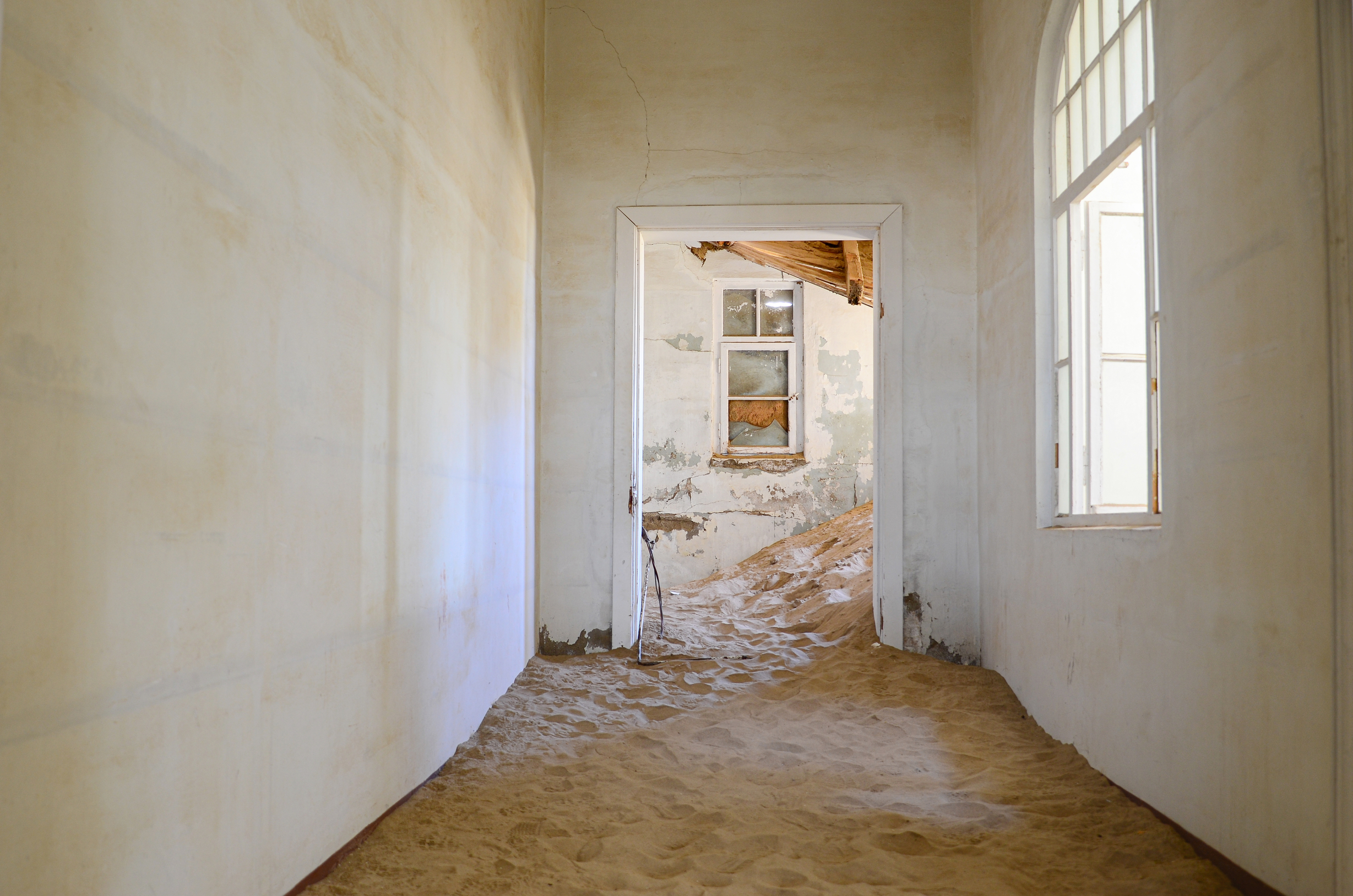
Nothing can prepare you for this photo expedition and exploration of Kolmanskop; it was one of the most demanding shoots I ever did. The light inside these buildings was challenging, and being the purist that I am, I like to shoot on camera, and the contrasts from the inside of the buildings, looking out, were so strong. I did not want to carry a tripod with me, and I experimented a bit with bouncing flash, but it was way too tricky.
At the time, I was shooting with a Nikon D7000, an old faithful travel companion of a decade. I had my iPhone 8 with me; it was just over two years old then, and I have to say that I was rather impressed with the photos I could shoot with the iPhone.
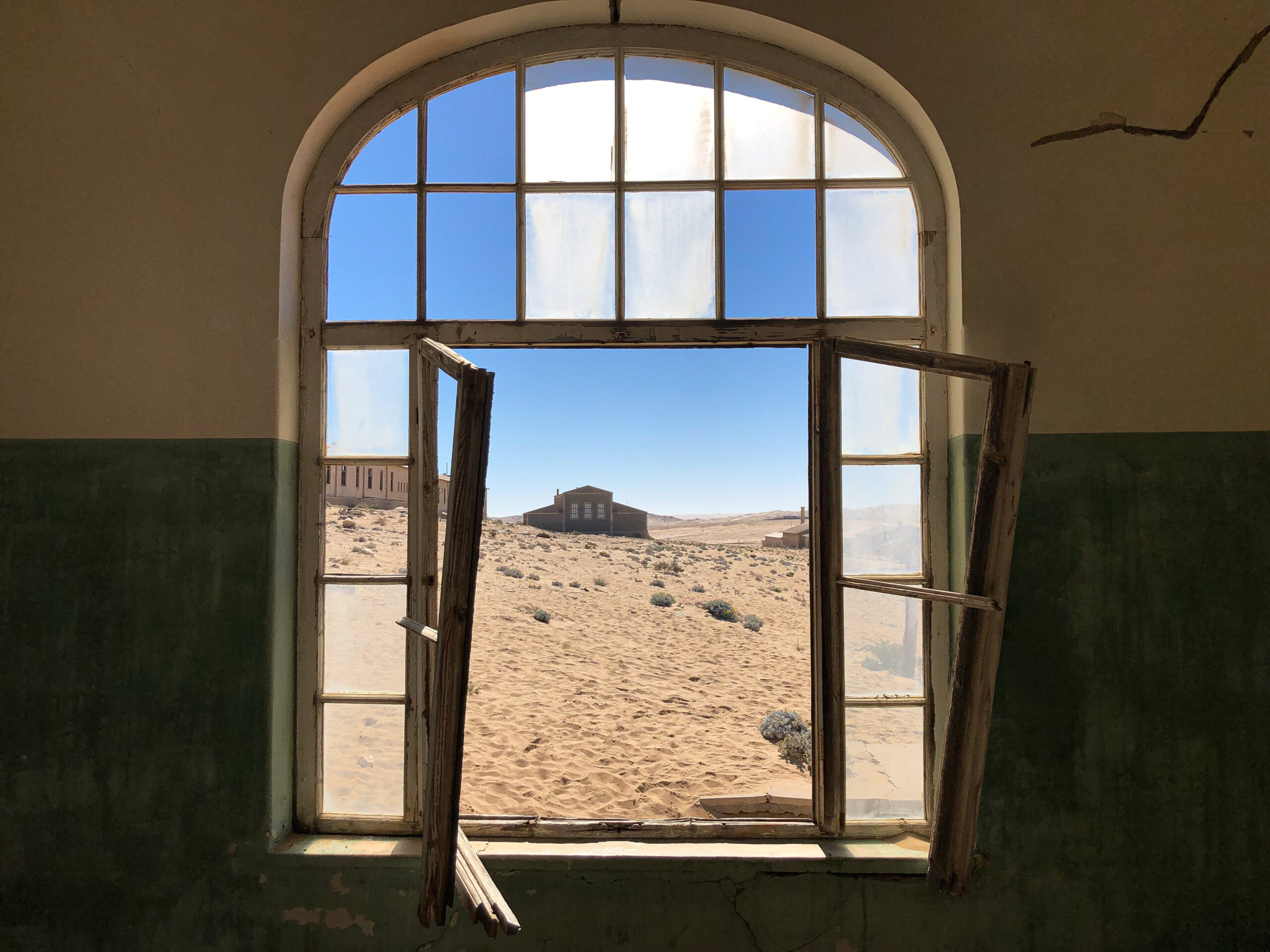

I have not printed any of the work from the iPhone yet; that will be a project I will take on in the future. All these photos have been sitting in my archive for four years. With this thought, I have to refer back to some rock-solid advice I got as a young photojournalist at one of the photography masters courses I did. “Never delete any of your photographs; editing programs change, and technology will improve; keep your archive organised and revisit it when the time comes.”
So, it is today– and will be.
Documenting the Adventure
With our cameras, we sought to capture every angle of Kolmanskop’s decay, from the play of light and shadows to the intricate details and beauty of the abandoned buildings.
I realised from spending hours exploring the space that the light constantly changes the vistas, and so does the interior of the buildings; your chances of getting good photographs are in the hands of nature as the light dances and shadows bounce off the walls down the abandoned corridors—every scene, eerily moving and beautiful.
We revisited a couple of our favourite scenes in the town a couple of times that day, and as the sun was moving in the sky, the scenery changed. The ever-evolving sand’s shape and colour shifted constantly.
Once the sun started to set, I felt slightly panicked as we were informed of wild animals that roam the space after sunset.
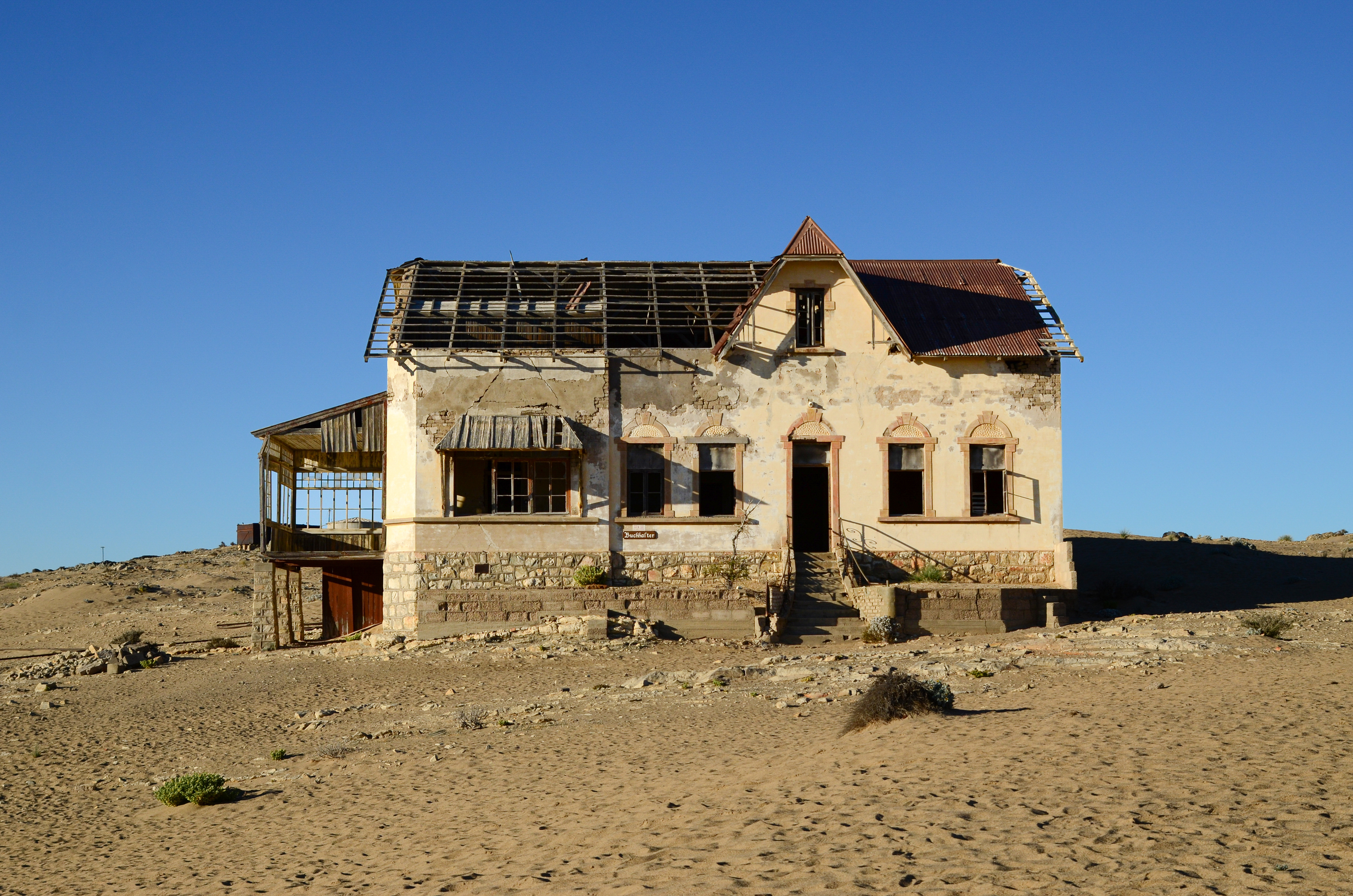
Discovering Hidden Stories Imagining the Past of Kolmanskop
Walking through the abandoned houses and buildings, I couldn’t help but imagine those who once called the space their home. I imagined their joys and sorrows and the immense struggles they must have faced at the turn of the 20th century in this remote desert outpost.
Sitting for what seemed like hours in one of the most well-preserved buildings on a hill on the outskirts of the village, I could only imagine what the spaces looked like and what stories the walls held. I imagined the room filled with laughter and music.
My curiosity was piqued, and I knew that one day, I would like to write a historical feature sharing the story of this space.
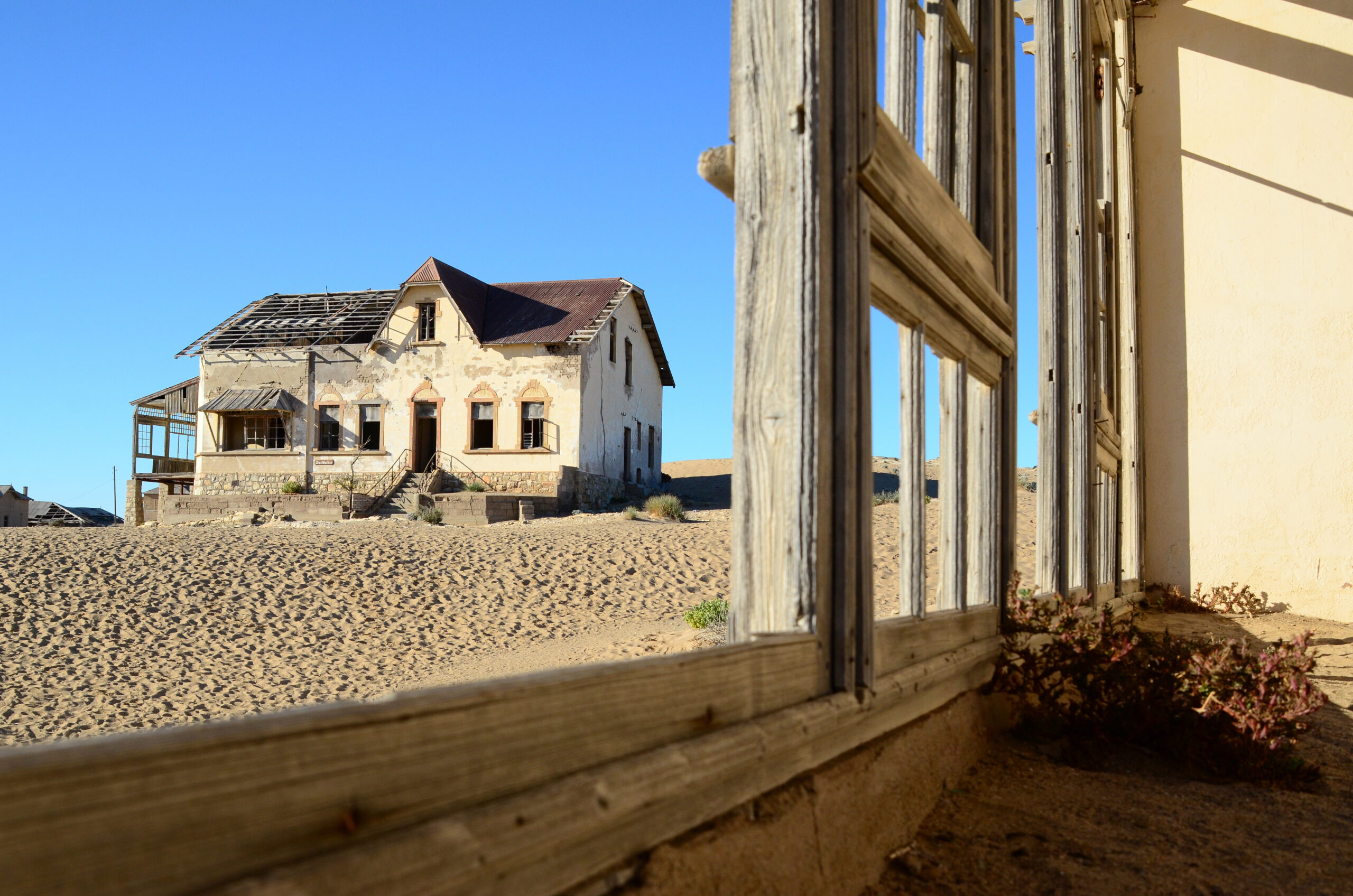
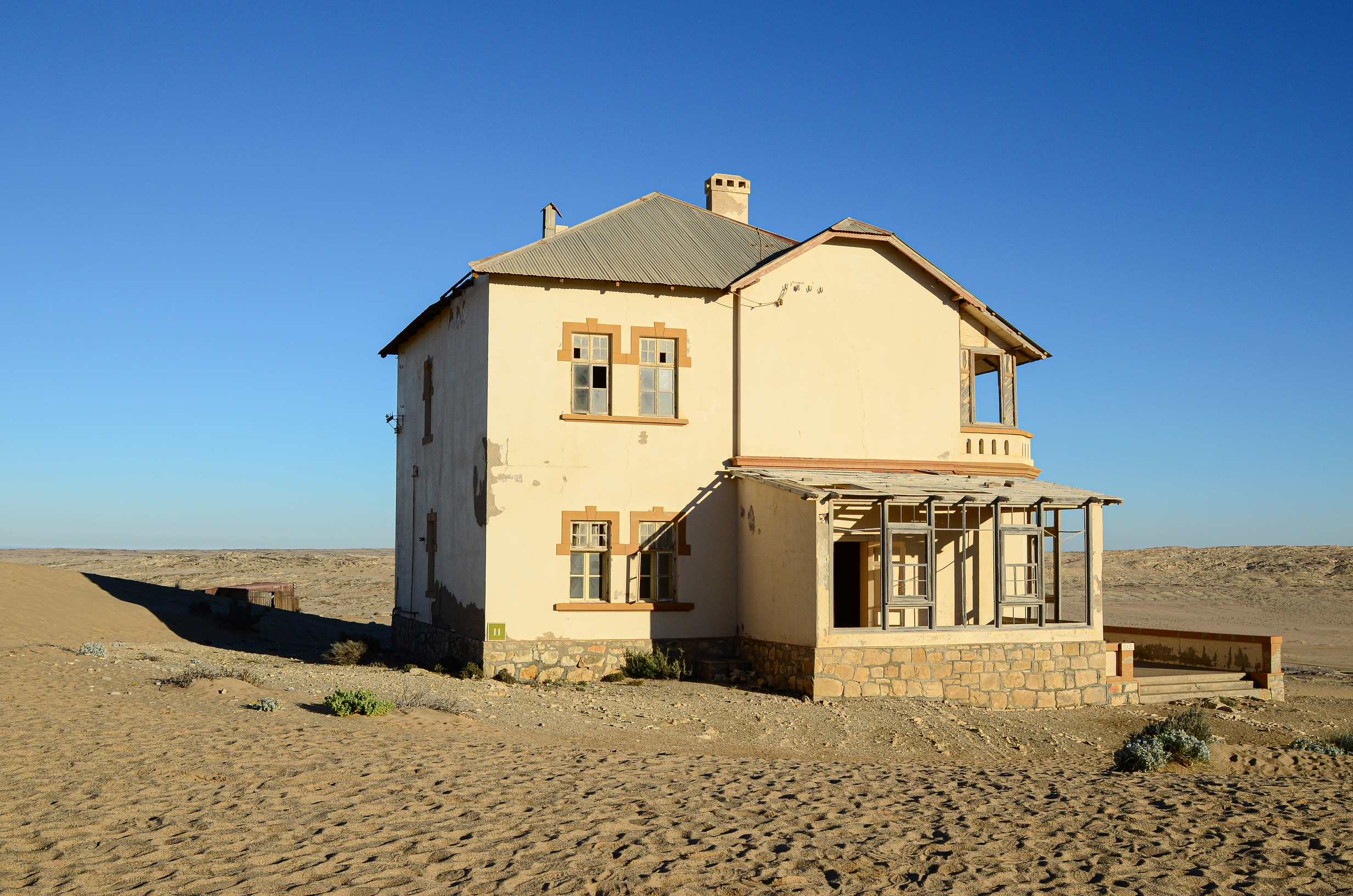
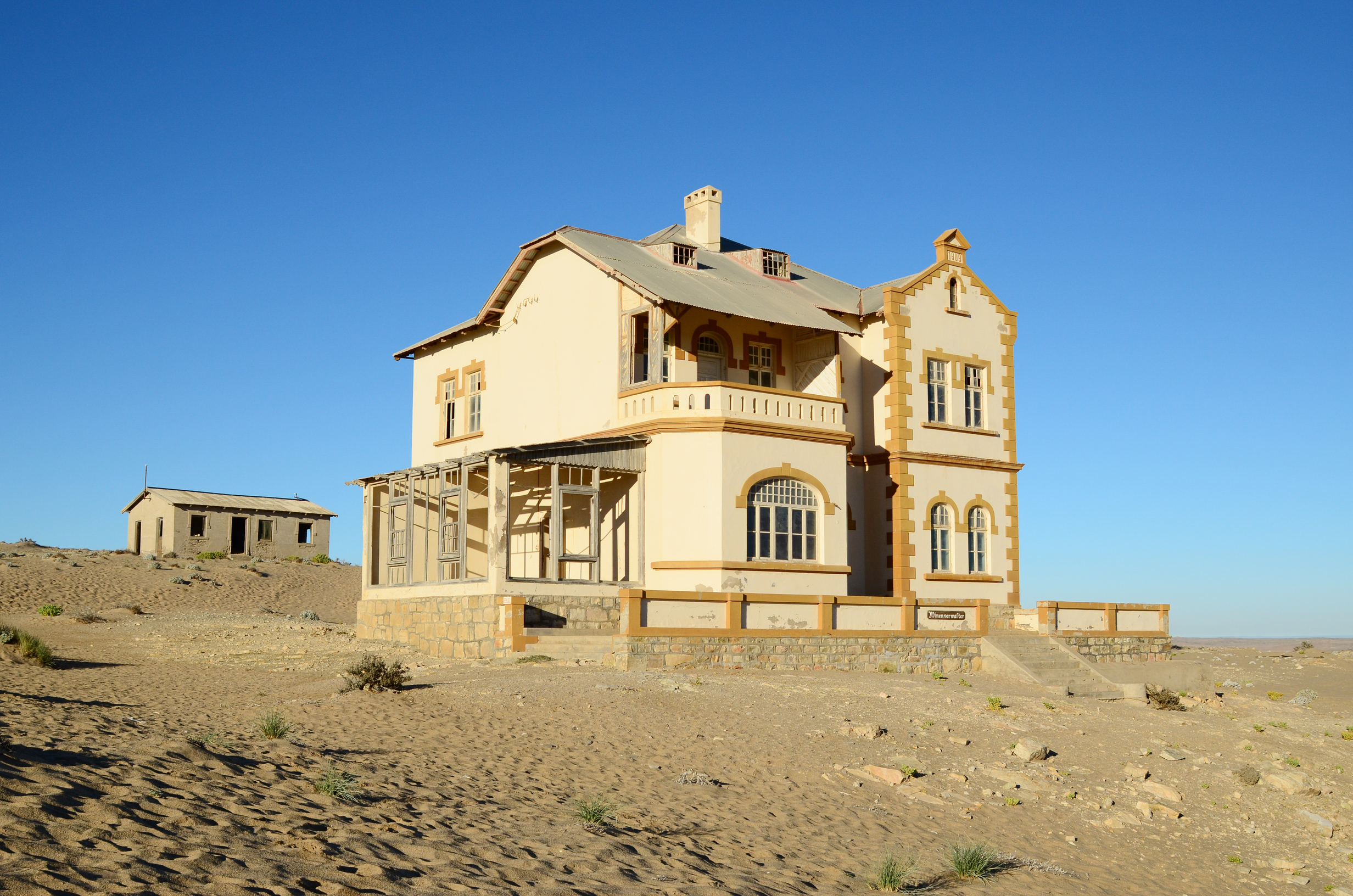
surrender to the Namib. Photo by Lizane Louw
Capturing Beauty in Decay: The Power of Photography
My photo expedition to Kolmanskop was not just a physical journey but a profound personal exploration of the intersection of history, nature, and human imagination.
The evoking beauty of this abandoned mining village inspired me to create a series of fine art photographs that explore the themes of human fragility and transience. These images I created capture the essence of this abandoned diamond mining town and serve as a powerful reminder of our fleeting human existence.
I captured the play of light and shadow, highlighting the intricate textures and patterns in the decaying buildings reclaimed by the ever-shape-shifting desert dunes. The juxtaposition of the barren desert and the abandoned structures creates a striking visual impact. Strong contrasts in colour and texture invite us into this surreal, otherwordly visual experience.
These photographs are not just a reflection of life’s impermanence but also stand witness to the beauty that can be found in decay and abandonment.
As you look at the work I created, I would like to invite you to reflect on our human existence.
The colour, light, and shadow enabled me to create a series of fine art photographs that I hope will inspire your imagination, too. My aim in presenting the work and sharing this story is to show the ability of photography to capture the essence of the human experience. I hope to inspire you to see beauty in even the most unlikely places. Our visit deepened my appreciation for the power of photography and storytelling in shaping dreams and aspirations.
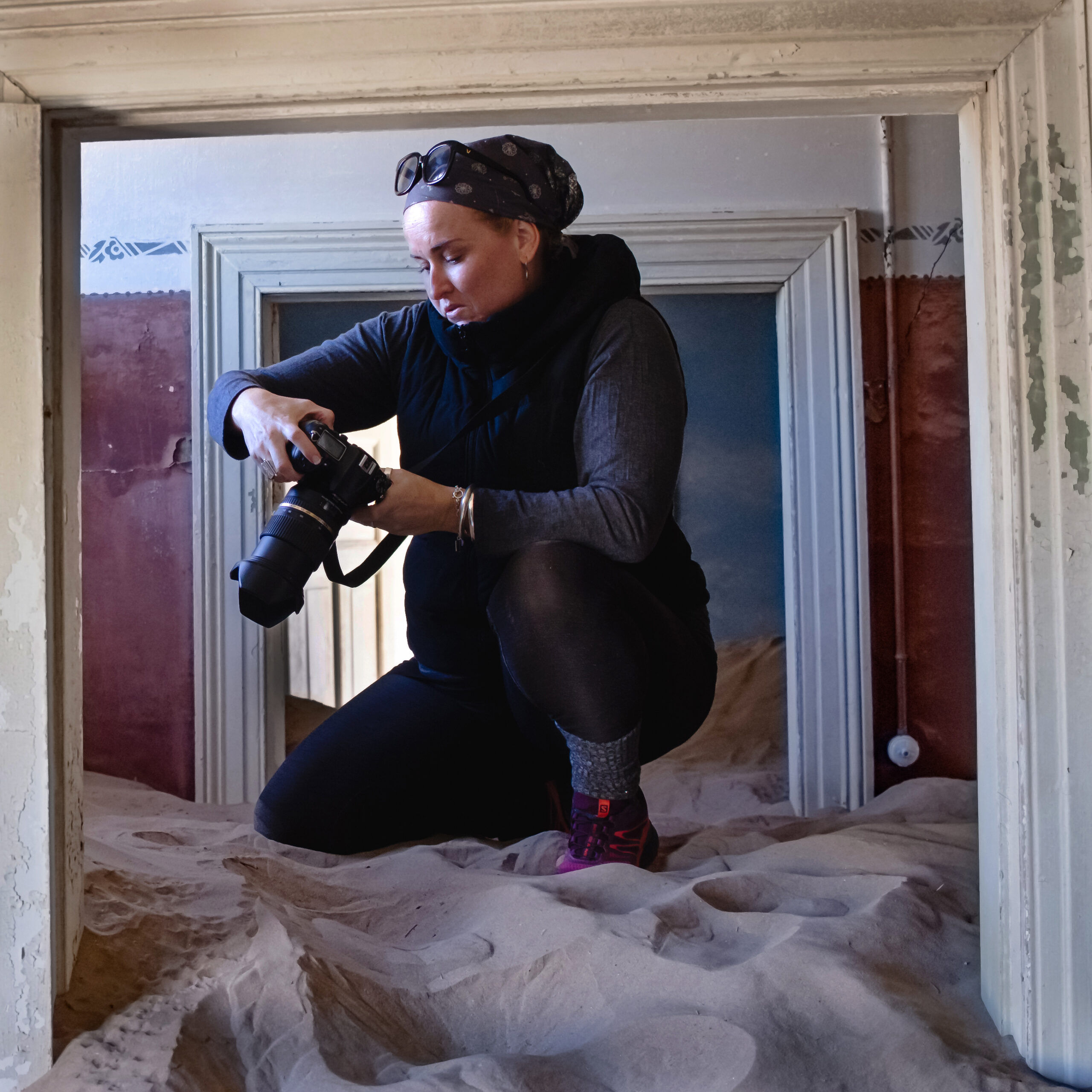
Kolmanskop, a place that had intrigued me since childhood, had transformed from a distant dream into a tangible reality, leaving an indelible mark on my work as a photographer and journalist.
A place that once only lived in my childhood dreams and the deep corners of my imagination had not only met but exceeded my expectations. It became integral to my identity as a travel and culture journalist.
I am looking forward to my return.
As I reflect on my experience as a photographer at Kolmanskop, I’m reminded that imagination can pave the way for extraordinary adventures. Once these daydreams become reality, they can etch unforgettable chapters into the intricate and beautiful tapestry that is the story of our lived experience.
